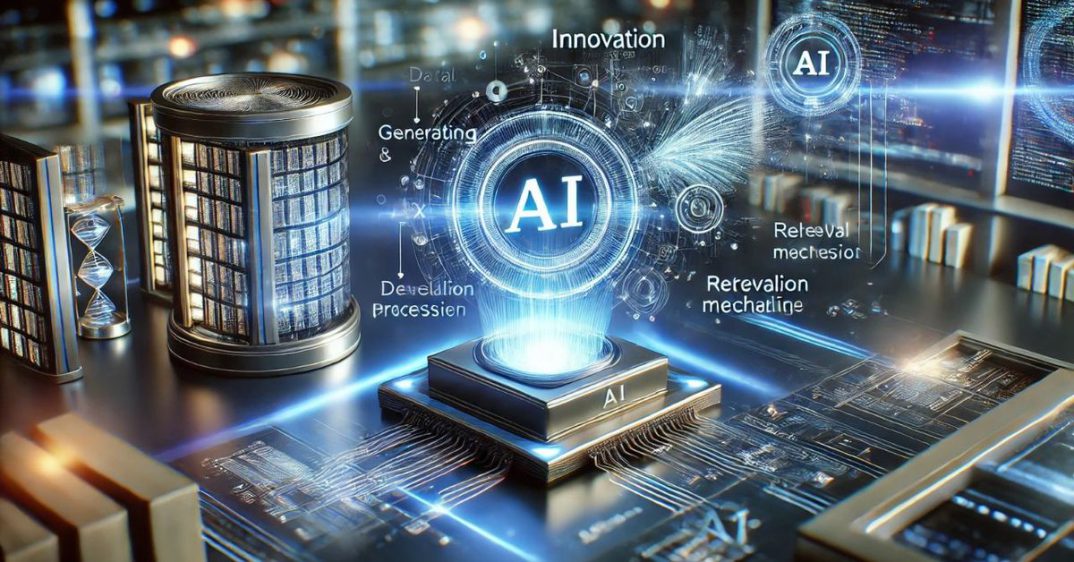In the ever-evolving landscape of Artificial Intelligence, Generative AI has quickly become a focal point for both innovation and debate. It’s not just about machines creating content; it’s about how they do it, and the implications this holds for enterprises and individuals.
To understand that, however, we must first understand how this technology operates, its most common potential pitfalls, and its benefits via integrations with cutting-edge solutions.
GenAI and accuracy: Understanding hallucinations and their impact on business
GenAI, the technology behind models like GPT-4, has made remarkable strides in creating human-like text, generating art, and even composing music. However, with its great power comes significant challenges, and one of the most concerning is its tendency to generate “hallucinations.”
The term refers to instances where the model generates information that is not based on any real data or knowledge. These hallucinations can range from slightly off-the-mark facts to entirely fabricated content that seems credible but is patently false.
For enterprises looking to leverage GenAI to optimise critical functions such as customer service, content creation, and decision-making, hallucinations are more than just a minor inconvenience. With accuracy of information being the paramount concern in all aspects of business operations, a single hallucination can lead to misinformation that can not only damage business reputation but also lead to costly, cascading errors across the board. For businesses looking to GenAI effectively, understanding and mitigating these risks become a non-negotiable requirement.
This is exactly where Retrieval Augmented Generation (RAG) comes into play. RAG is a hybrid approach that combines the generative capabilities of AI with a retrieval mechanism that pulls information from a trusted database or knowledge base. It first identifies relevant documents or datapoints from a database before using that information to generate more accurate and contextually appropriate responses or content. Doing so significantly minimises the likelihood of hallucinations, as the model’s output is anchored to factual, retrievable information rather than generating content entirely from its learned parameters.
Data-driven, data-led: How data platforms enhance RAG-based GenAI solutions
The effectiveness of RAG, however, is inherently tied to the quality and accessibility of the data it retrieves, making modern data platforms a cornerstone of this technology. These data platforms not only ensure that the information available for retrieval is accurate and up to date but also facilitate the real-time access vital for maintaining the relevance of AI-generated content. Leading data platforms also incorporate data governance mechanisms to ensure that the information used by RAG-based systems adheres to high standards of quality and compliance.
These real-time retrieval capabilities make data platforms invaluable in applications where speed and accuracy of generation are of critical importance, such as financial services or news dissemination. The ability to integrate seamlessly with AI and machine learning systems further amplifies the value of these data platforms, as enterprises can leverage existing data infrastructure to enhance their RAG-based GenAI solutions without needing costly overhauls.
AI-driven value addition: The benefits of implementing RAG
RAG-based GenAI applications can have a transformative impact on enterprise operations across the board. Imagine, for instance, a customer service bot that can pull up a customer’s purchase history or past interactions in real-time, allowing it to provide tailored and informed responses. This personalisation can drastically improve user experience and satisfaction, setting a business apart in a competitive market.
RAG also unlocks significant enterprise agility. In today’s fast-paced business environment, where data is constantly evolving, AI models require regular updates to maintain relevance and accuracy. The flexibility of RAG’s framework allows organisations to swiftly adapt to major and minor changes in data and models, minimising downtime and avoiding the extensive reconfigurations that traditional AI systems might demand. This speed of change ensures that enterprises can keep pace with innovation without being bogged down by lengthy implementation processes.
The accuracy of AI-generated responses is another critical benefit of RAG. By grounding AI in a well-structured knowledge graph enriched with industry-specific data, organisations can achieve exceptionally high precision in their outputs – often reaching accuracy rates in the high 90s, and sometimes even 100%. This level of accuracy not only enhances operational efficiency but also builds trust in the AI system, as users can easily trace the origins of the AI’s answers and verify their correctness.
Moreover, RAG significantly shortens the time required to bring AI solutions into production. Traditional AI implementations can be lengthy and resource-intensive, often taking months to move from concept to deployment. RAG, however, leverages existing knowledge models and taxonomies, enabling businesses to deploy GenAI solutions within weeks. This faster time-to-production means that organisations can quickly capitalise on AI innovations, staying ahead of the curve in an increasingly competitive landscape.
Cost efficiency is another area where RAG excels. By optimising the use of processing power, RAG systems reduce computational load, which directly translates to cost savings. The richness of the knowledge graph allows for smaller, more focused prompts to the AI, which streamlines operations and makes the entire process more efficient than traditional AI methods.
Security and scalability are also key considerations for enterprise-grade RAG solutions. As businesses grow and the volume of data increases, RAG systems must be able to scale accordingly, handling large volumes of sensitive business data and queries securely without compromising performance. RAG, combined with advanced data platforms, ensures that organisations can securely and efficiently manage their AI-driven processes, making it an ideal choice for large enterprises with complex data environments.
As Generative AI continues to evolve, so too must enterprise approaches to harnessing its potential while mitigating its risks. Retrieval Augmented Generation represents a significant step forward in making AI-generated content more accurate, reliable, and contextually relevant. For enterprises, the combination of GenAI and RAG, supported by robust data platforms, offers a powerful tool for innovation and efficiency, enabling them to stay ahead in an increasingly competitive landscape.




